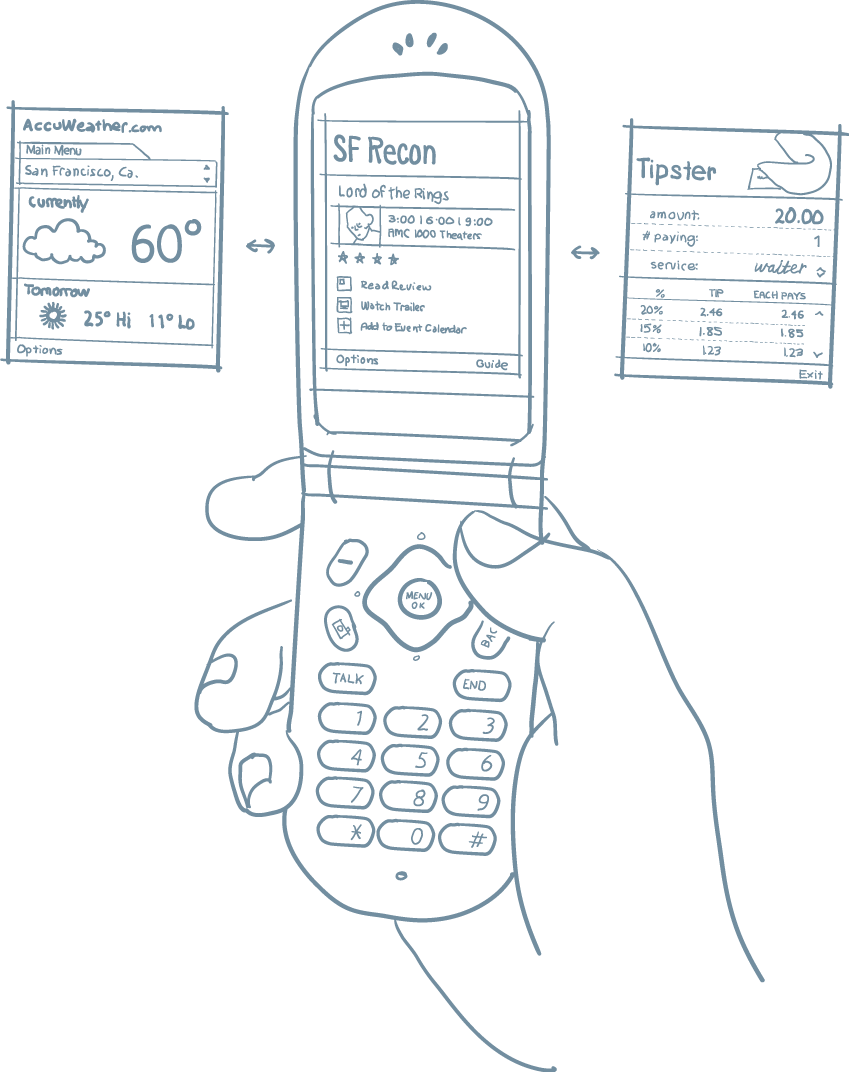

[↓] The mobile phones of 2002 forced us to work within considerable technical constraints. Memory, bandwidth, and storage were severely limited. Screen resolution was a tiny 176 x 208 pixels, and hardware controls allowed only a handful of interactions. Despite these limitations, we were able to make something that was quite rich and compelling for the time.
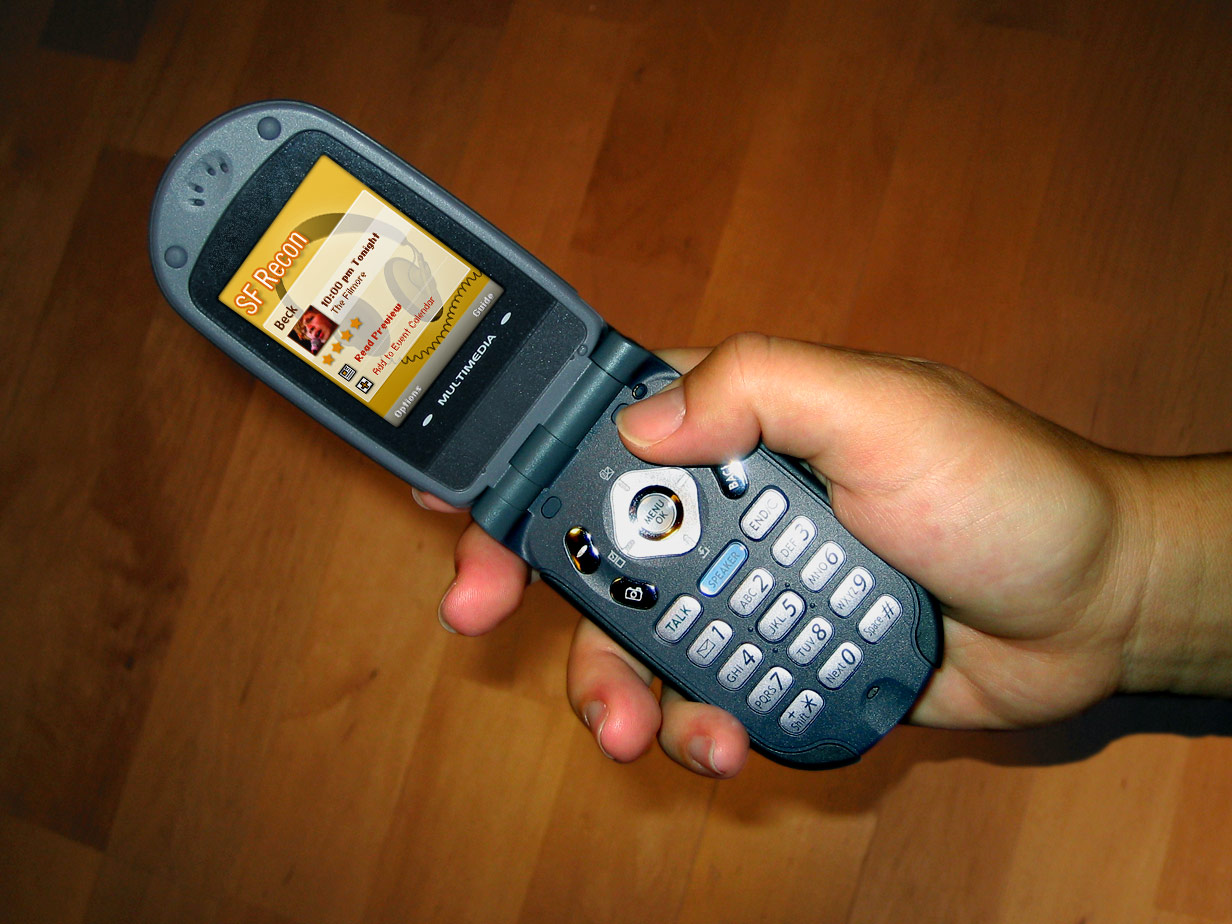
[↓] Since FlashCast was something new and the control scheme was very hardware-specific, I designed a getting started guide. When the iPhone was released five years later without a similar tutorial, it became clear that inflexible hardware control schemes have huge disadvantages compared to touch screens.
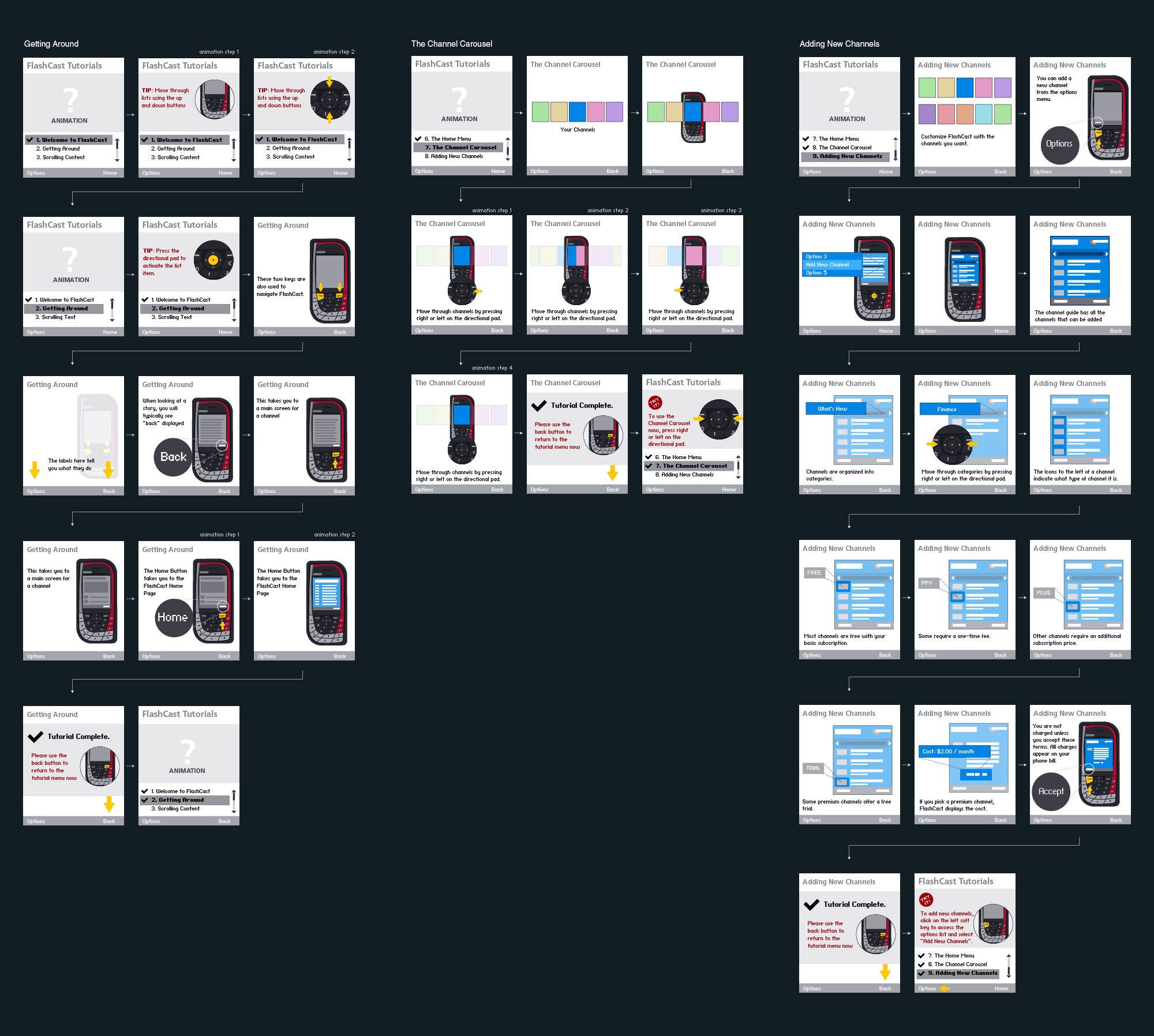
[↓] I designed a local guide and two weather channels. The goal was to make them as rich as possible while providing up-to-date information that couldn't be easily accessed on cell phones of the day. Animated icons provided visual interest and differentiated FlashCast from competing mobile platforms.
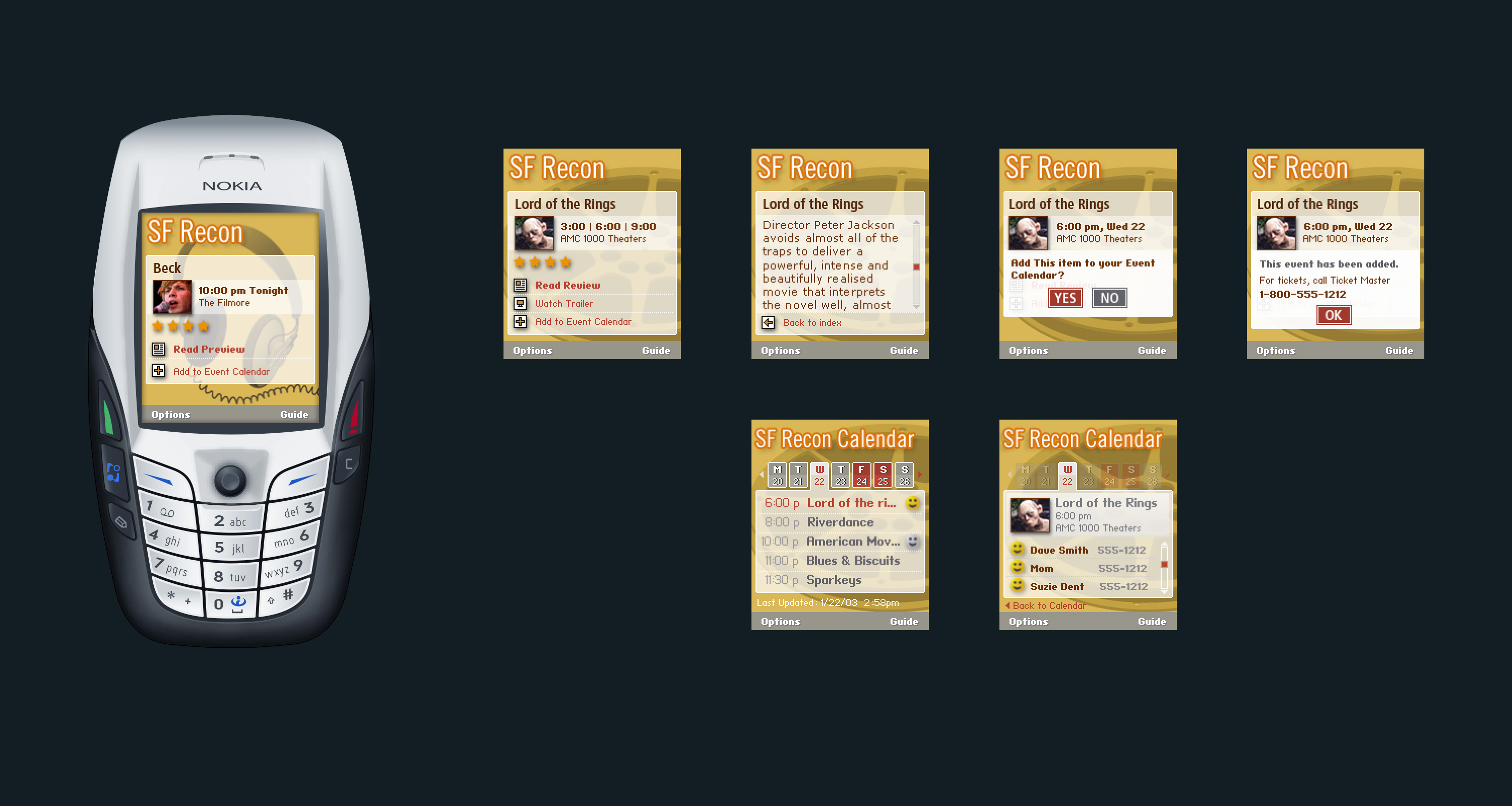
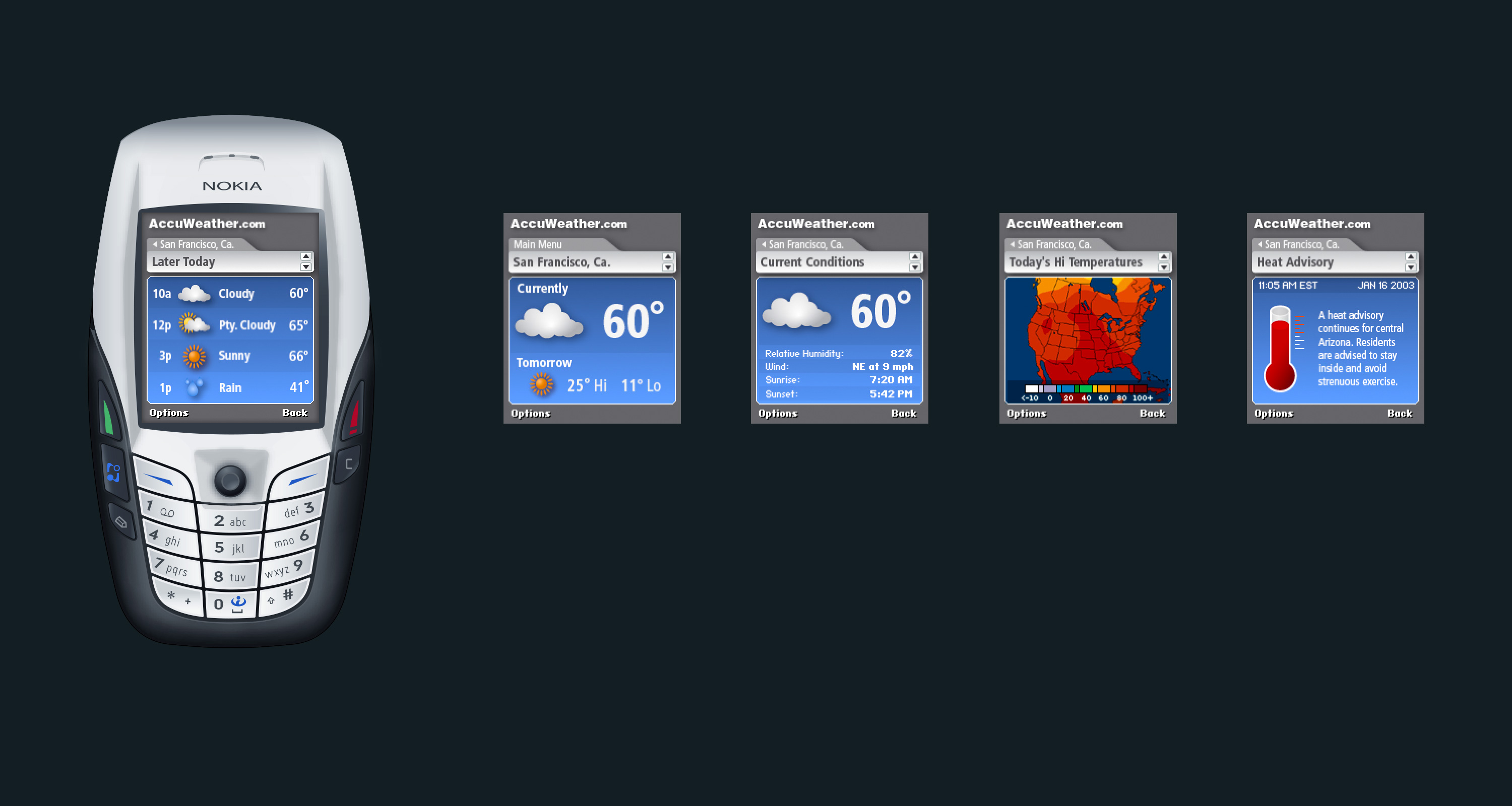
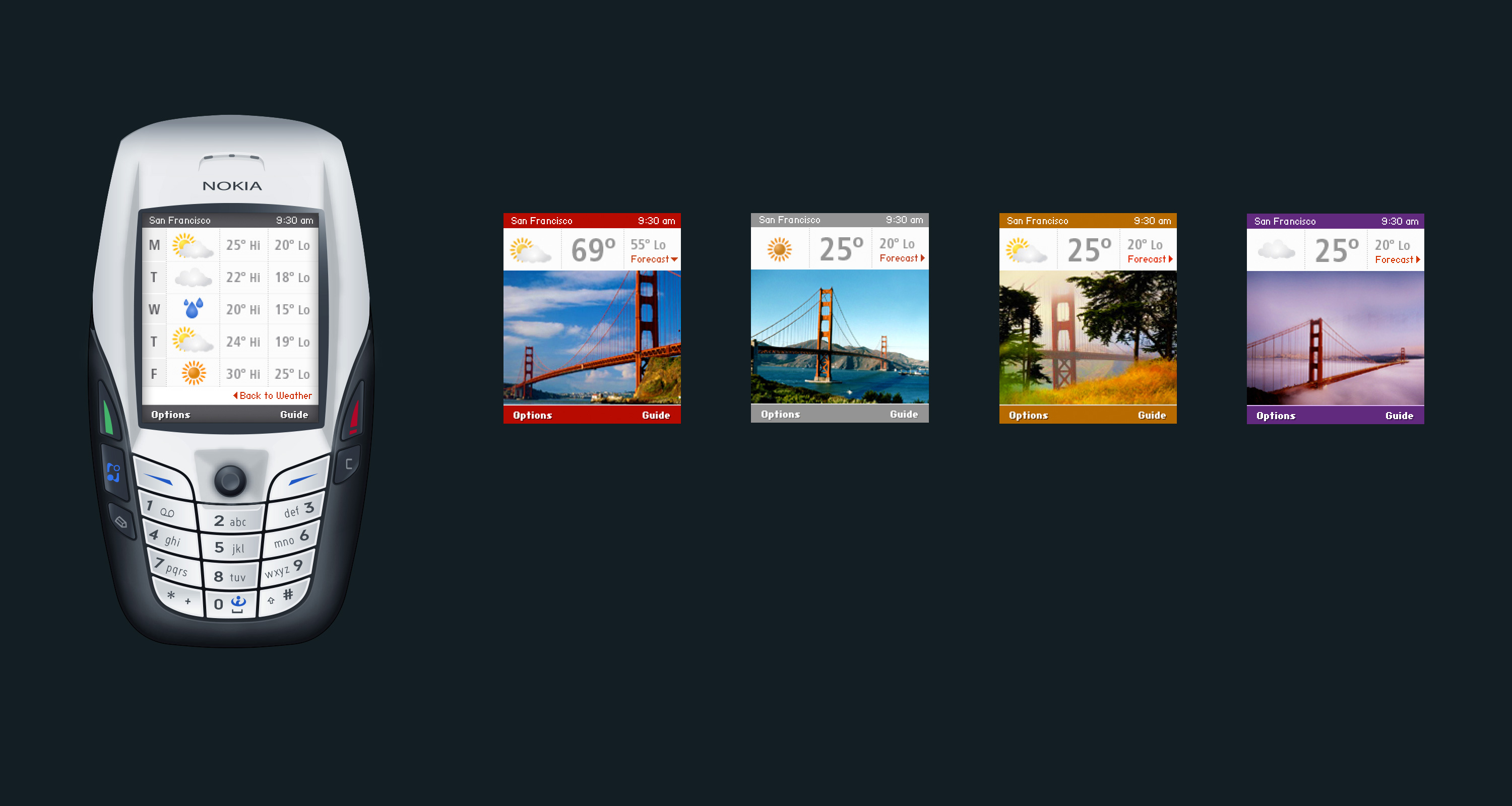
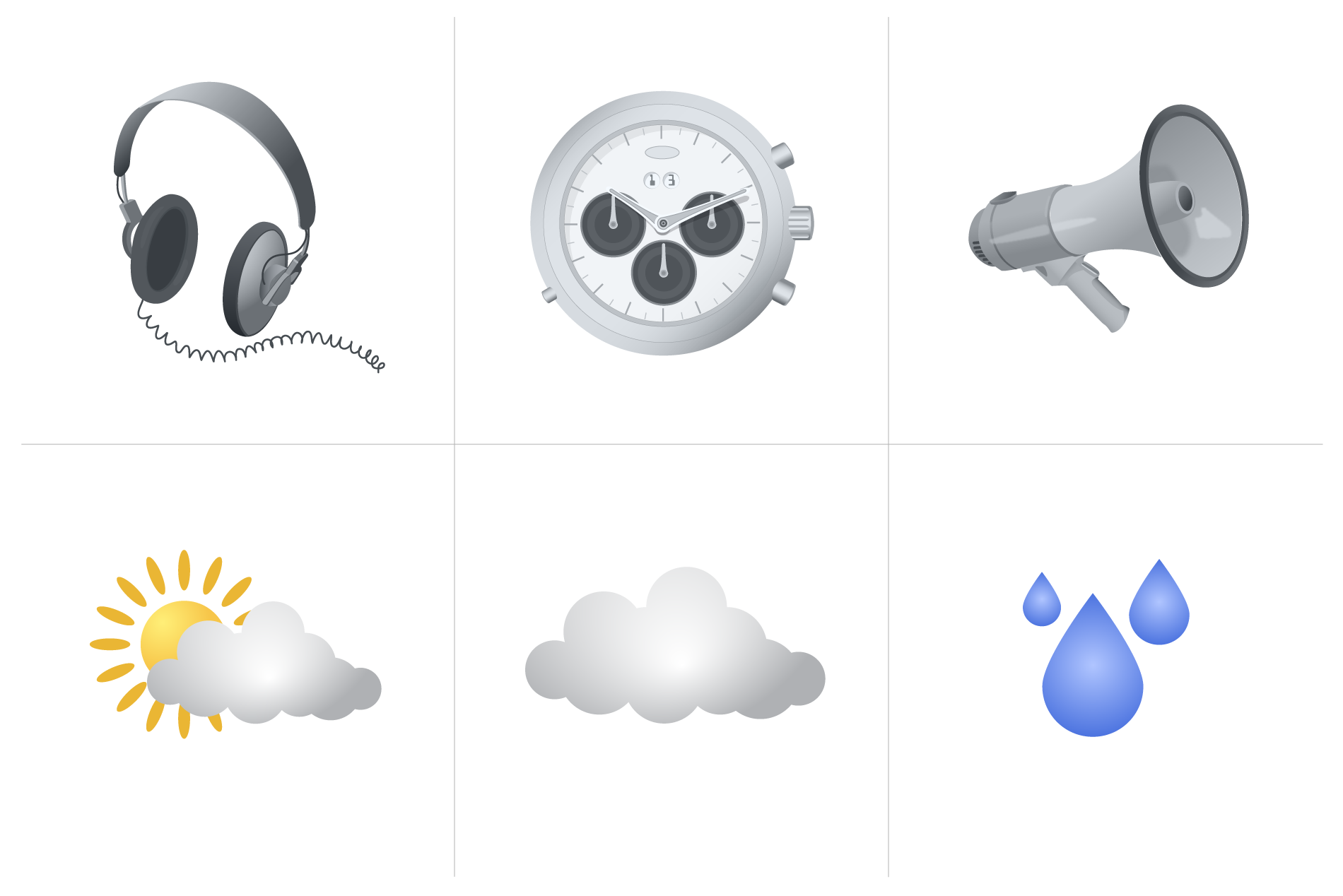
[↓] The work we did in developing FlashCast helped Macromedia get the tooling ready for launch in Flash MX Professional 2004. I was surprised to see that my weather channel design was included on box.
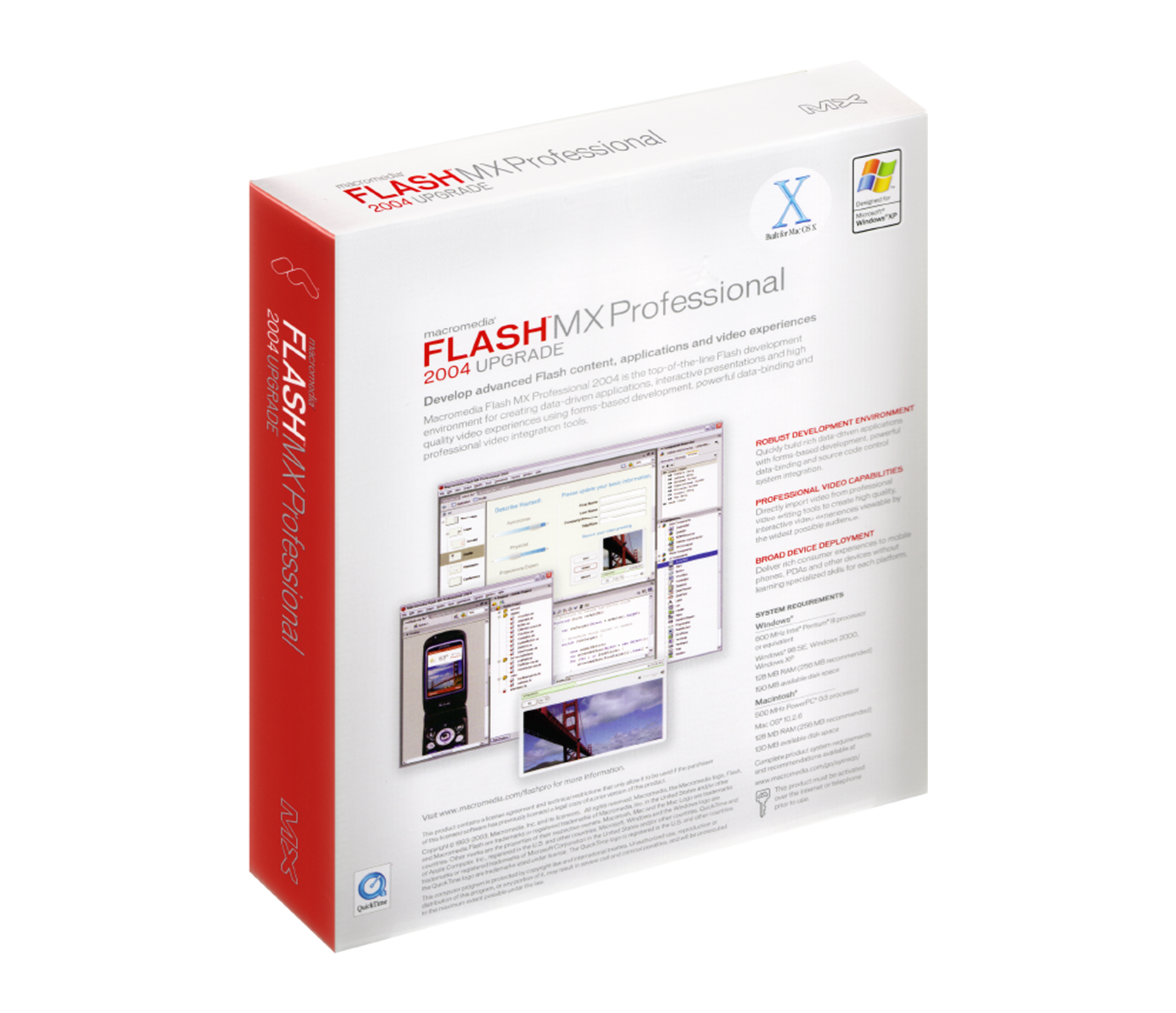
The mobile phones of 2002 forced us to work within considerable technical constraints. Memory, bandwidth, and storage were severely limited. Screen resolution was a tiny 176 x 208 pixels, and hardware controls allowed only a handful of interactions. Despite these limitations, we were able to make something that was quite rich and compelling for the time.

Since FlashCast was something new and the control scheme was very hardware-specific, I designed a getting started guide. When the iPhone was released five years later without a similar tutorial, it became clear that inflexible hardware control schemes have huge disadvantages compared to touch screens.

I designed a local guide and two weather channels. The goal was to make them as rich as possible while providing up-to-date information that couldn't be easily accessed on cell phones of the day. Animated icons provided visual interest and differentiated FlashCast from competing mobile platforms.




The work we did in developing FlashCast helped Macromedia get the tooling ready for launch in Flash MX Professional 2004. I was surprised to see that my weather channel design was included on box.

The mobile phones of 2002 forced us to work within considerable technical constraints. Memory, bandwidth, and storage were severely limited. Screen resolution was a tiny 176 x 208 pixels, and hardware controls allowed only a handful of interactions. Despite these limitations, we were able to make something that was quite rich and compelling for the time.

Since FlashCast was something new and the control scheme was very hardware-specific, I designed a getting started guide. When the iPhone was released five years later without a similar tutorial, it became clear that inflexible hardware control schemes have huge disadvantages compared to touch screens.

I designed a local guide and two weather channels. The goal was to make them as rich as possible while providing up-to-date information that couldn't be easily accessed on cell phones of the day. Animated icons provided visual interest and differentiated FlashCast from competing mobile platforms.




The work we did in developing FlashCast helped Macromedia get the tooling ready for launch in Flash MX Professional 2004. I was surprised to see that my weather channel design was included on box.
